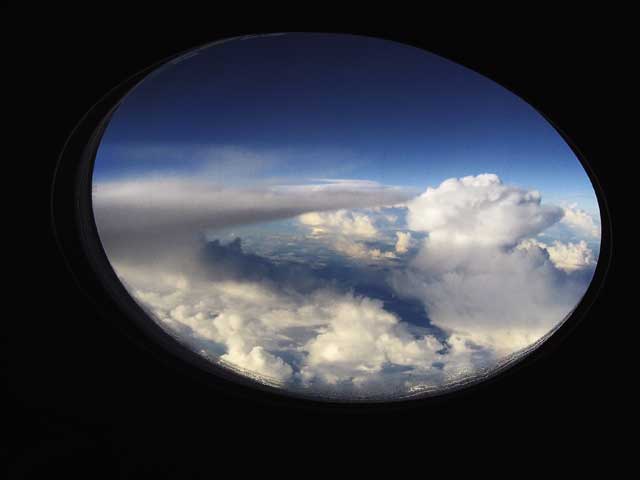This is why aeroplane windows are rounded

Your support helps us to tell the story
From reproductive rights to climate change to Big Tech, The Independent is on the ground when the story is developing. Whether it's investigating the financials of Elon Musk's pro-Trump PAC or producing our latest documentary, 'The A Word', which shines a light on the American women fighting for reproductive rights, we know how important it is to parse out the facts from the messaging.
At such a critical moment in US history, we need reporters on the ground. Your donation allows us to keep sending journalists to speak to both sides of the story.
The Independent is trusted by Americans across the entire political spectrum. And unlike many other quality news outlets, we choose not to lock Americans out of our reporting and analysis with paywalls. We believe quality journalism should be available to everyone, paid for by those who can afford it.
Your support makes all the difference.While not everyone will have pondered the subject while staring out of the window during a flight, the question as to why aeroplanes have circular windows rather than square ones is interesting.
Over the years, aerospace engineering has made huge leaps in aeroplane technology, meaning planes can carry more passengers and go faster. The planes have also changed shape to increase safety – including the windows.
In the 1950s, when jetliners were starting to become mainstream, the de Havilland Comet came into fashion. With a pressurised cabin, it was able to go higher and faster than other aircraft.
However, the plane had square windows and in 1953 two planes fell apart in the air, killing 56 people in total.
The reason for the crashes? The windows.
Where there’s a corner, there’s a weak spot. Windows, having four corners, have four potential weak spots, making them likely to crash under stress – such as air pressure.
By curving the window, the stress that would eventually crack the window corner is distributed and the likelihood of it breaking is reduced.
YouTube channel Real Engineering explains more about the rejection of square windows in planes in the video above.
Join our commenting forum
Join thought-provoking conversations, follow other Independent readers and see their replies
Comments